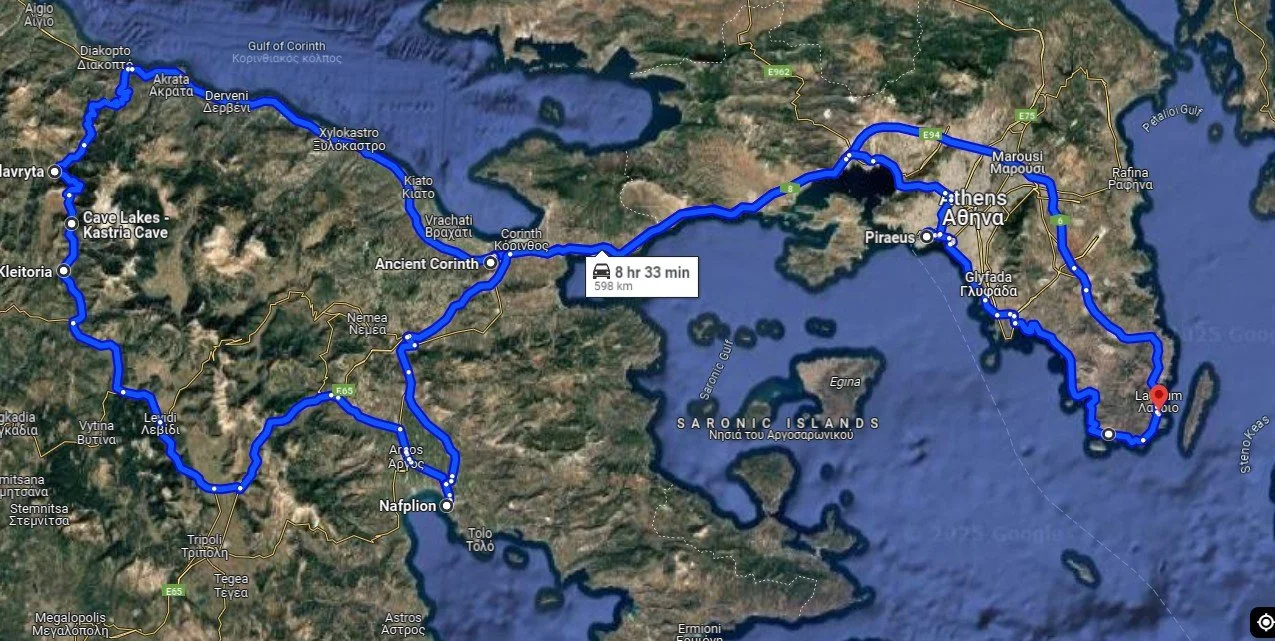Hiding from the Meltimi by exploring the Peloponnesus
Our Road trip with Di and Martin exploring the North eastern corner of the Peloponnesus
The Corinth Canal
With Katherine secured in Olympic Marine and very high winds forecast we decided to drive first to view the Corinth Canal. This was on Martins wish list to sail through, so the next best thing we agreed was to at least view the Canal from above. Timing was perfect as we stood on the bridge above and watched a cargo ship being guided through by a tug. Definitely very little room for error.
The modern canal was completed in 1893 to provide a safe passage from the Ionian to the Aegean sea. Due to its narrowness the canal can only allow vessels to transit in one direction at any one time and large vessels have to be towed by tugs due to currents and funnelling winds.
For recreational vessels it provides a passageway that saves a 430nm (700km) journey around the bottom of the Peloponnese. For us in September of last year it provided the perfect completion to our circumnavigation of the Peloponnese.
Lunch Stop Ancient Corinth
We found a great restaurant to stop at for lunch in Ancient Corinth but learnt a very valuable lesson - if the restaurant is full of locals make sure they are not all dressed as if they have just been to a funeral. Yes, we had managed to pick the restaurant that happened to be holding the traditional lunch for a family member recently departed. We also became part of the drama where we thought another member of the family was going to depart due to the heat and stress of the day. Thankfully by the time the ambulance arrived he appeared to be recovering and we of course continued on to enjoy our lunch. As you do.
Long before the canal was built the Isthmus that stretched between the mainland and the Peloponnesus was used as a means to transport goods and ships from the Corinth Gulf to the Saronic Gulf over the short strip of land. Ancient Corinth has evidence of habitation going back to 6000 BC and flourished under Roman Rule after it was established in 44BC as a Roman colony. At its peak the population is said to have reached 750000. All that is left today after ruling parties have come and gone and earthquakes have struck, are the ruins for us to wander and wonder at the engineering from so long ago.
Scenic drive to Kalavryta
The drive to our overnight stop in Kalavyrta was very windy, mountainous and definitely scenic whilst having the unexpected challenge of dodging the odd goat or two.
Kalavyrta is a popular ski village apparently - something we had not expected. It was a perfect over night stop where we enjoyed an amazing meal in a small restaurant where English was not happening and where we were able to watch on as families and children conversed and played till late in the town square.
The clock on the tower of the church was not working and upon reading the plaque we discovered the significance of the time at which it had stopped. It was the time of day on the 10th December 1943 that German troops rounded up and massacred 438 males, men and boys of all ages, in a nearby field. The women and girls were locked into the school house which was set on fire, but mercifully they managed to escape. A huge cross now stands as a memorial on the edge of town for all those who lost their lives on that terrible day. A reminder of the tragedies of war.
Moni Agias Lavras the monastery a short distance for Kalavryta was our first stop of the morning but given there was an official celebration happening we moved on quickly, but not before appreciating the buildings and the grounds that the monastery stood in.
Next stop was somewhat unexpected - to check out a tortoise that was wandering down the roadside on our way to the Cave of Lakes. A series of lakes formed by an underground river that flows even during the winter. The Caves were well presented with walk ways over the water which we were advised was much lower than normal due to less rain over the last two years. Near the caves a small museum was set up to explain the history of the area and the wildlife that exists - including our tortoise. It was surprisingly modern and interactive. Well worth the visit and very lucky that a gentleman on the tour was happy to translate the guides talk. Otherwise it would have been all Greek to us.
Lunch Stop Kleitoria
It is a good day when your travelling and you have to look up google maps to determine where you have just stopped for lunch.
We overnighted in the town of Nafplio. Though we have visited twice by sea coming in on land is a hole new perspective. Particularly when carparking is involved. Our accommodation was perfectly located in the old town so we spent the afternoon wandering the streets before finding a restaurant for the evening that ended up providing an unexpected wine tasting of the wines of the region. Perfect given we hadnt had time to stop at one of the wineries on our way to Naphlio.
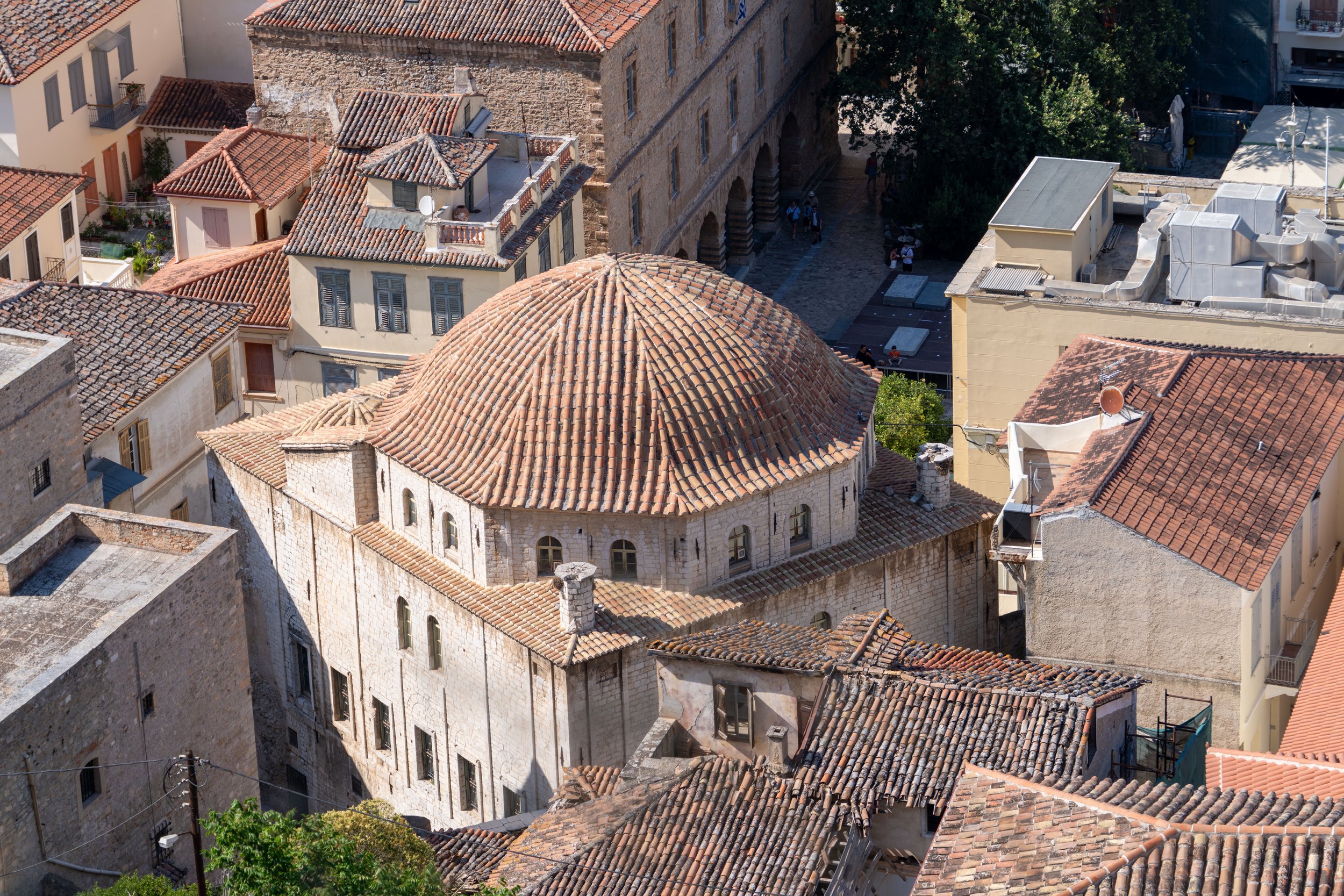
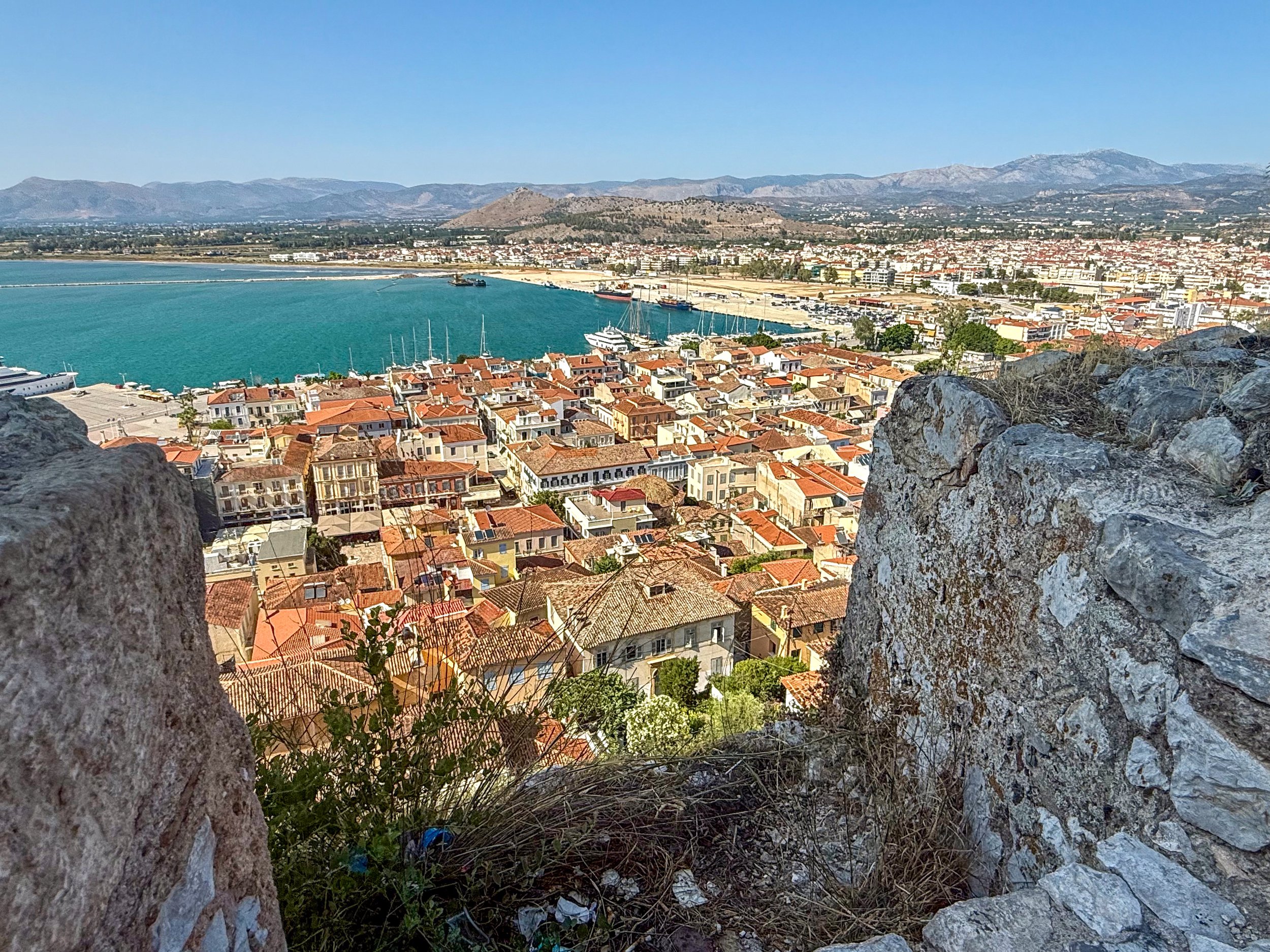
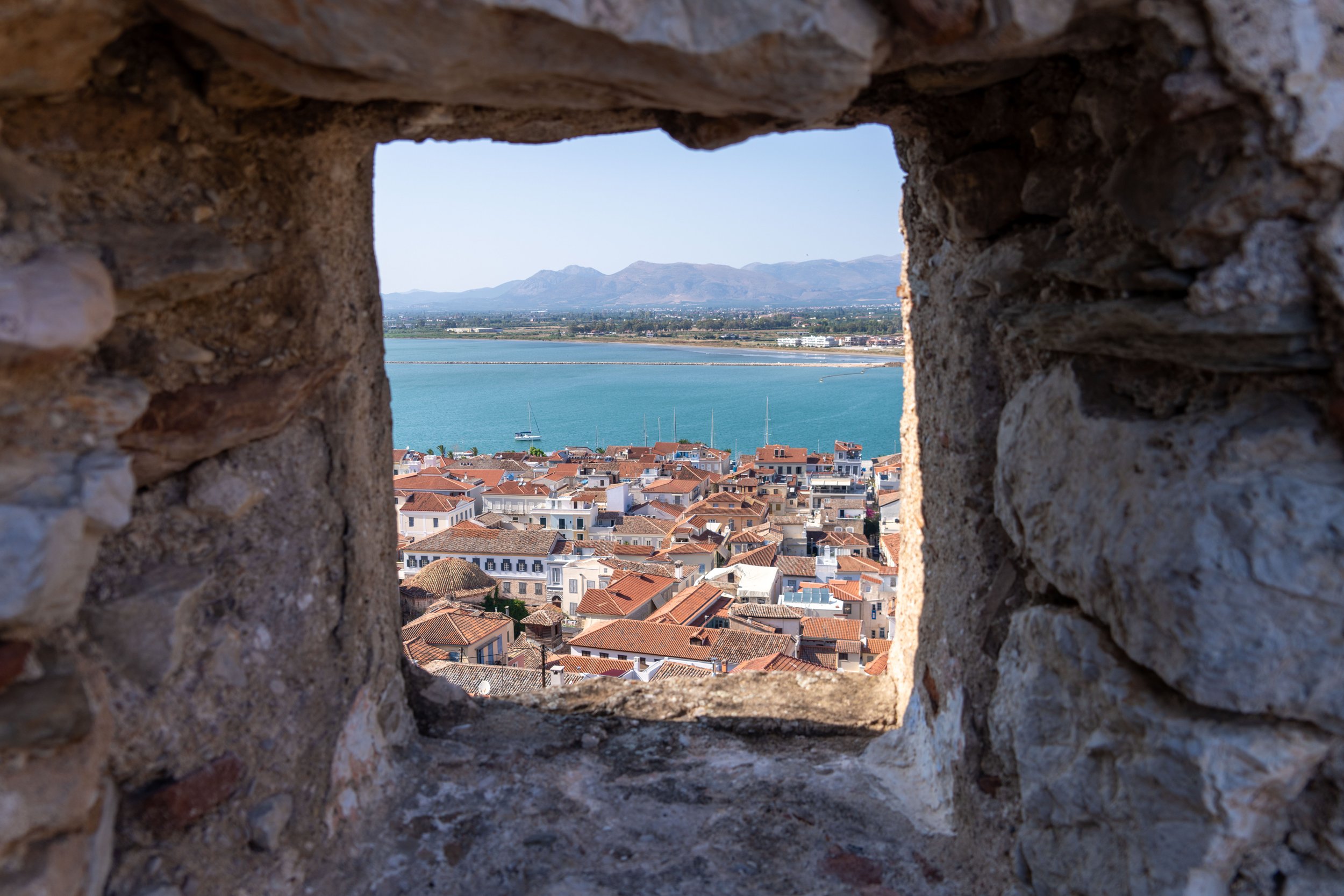
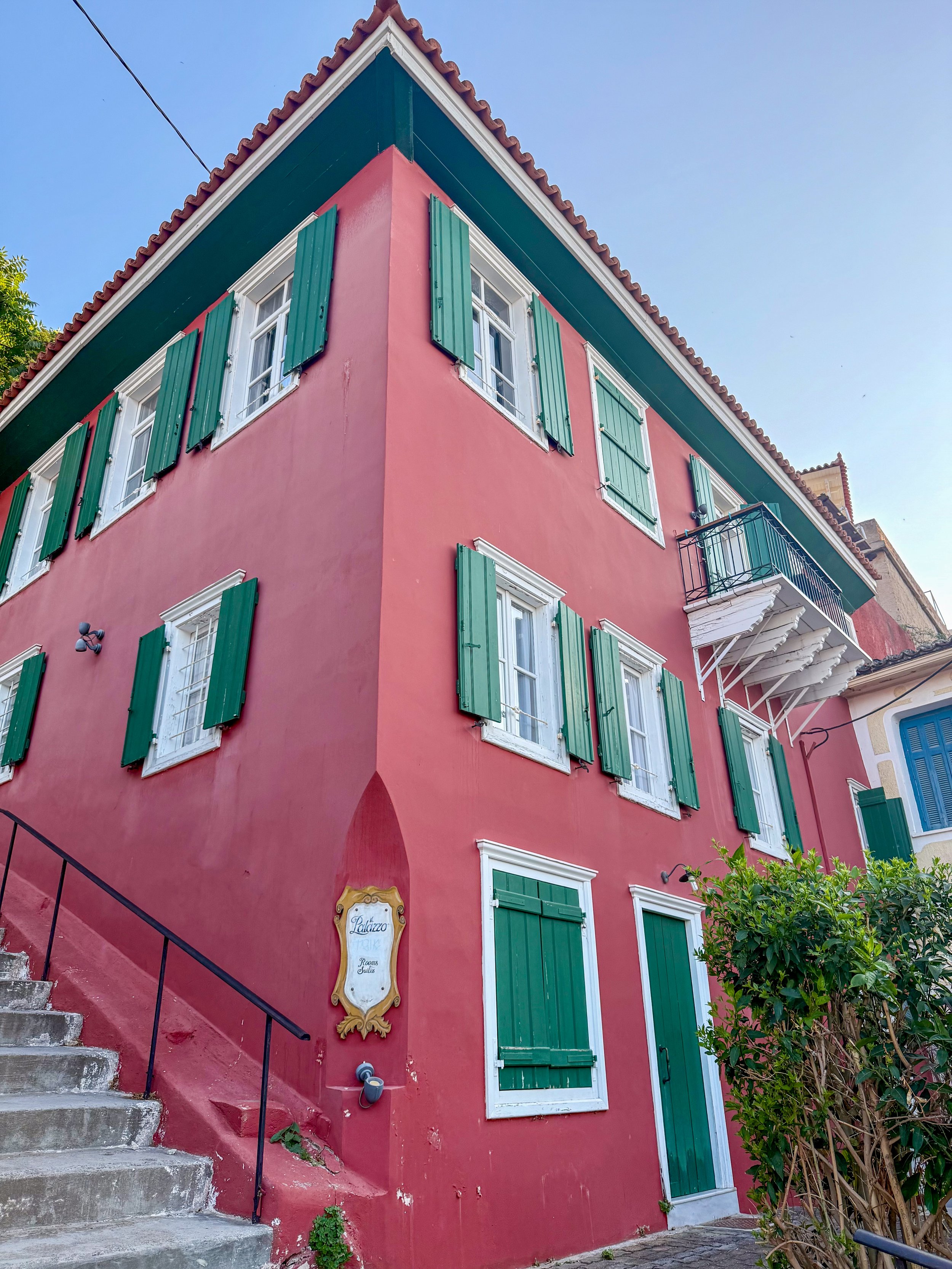
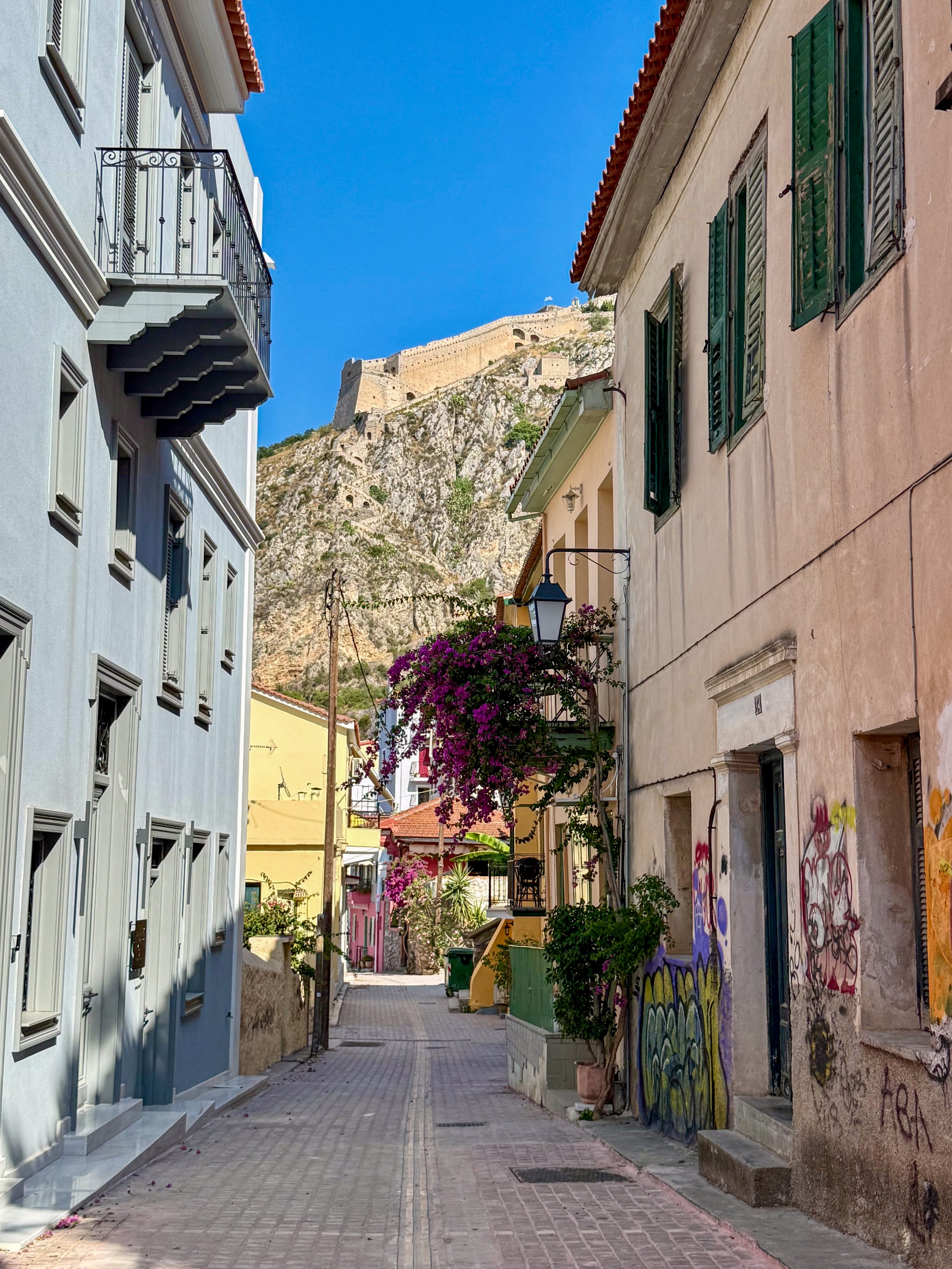
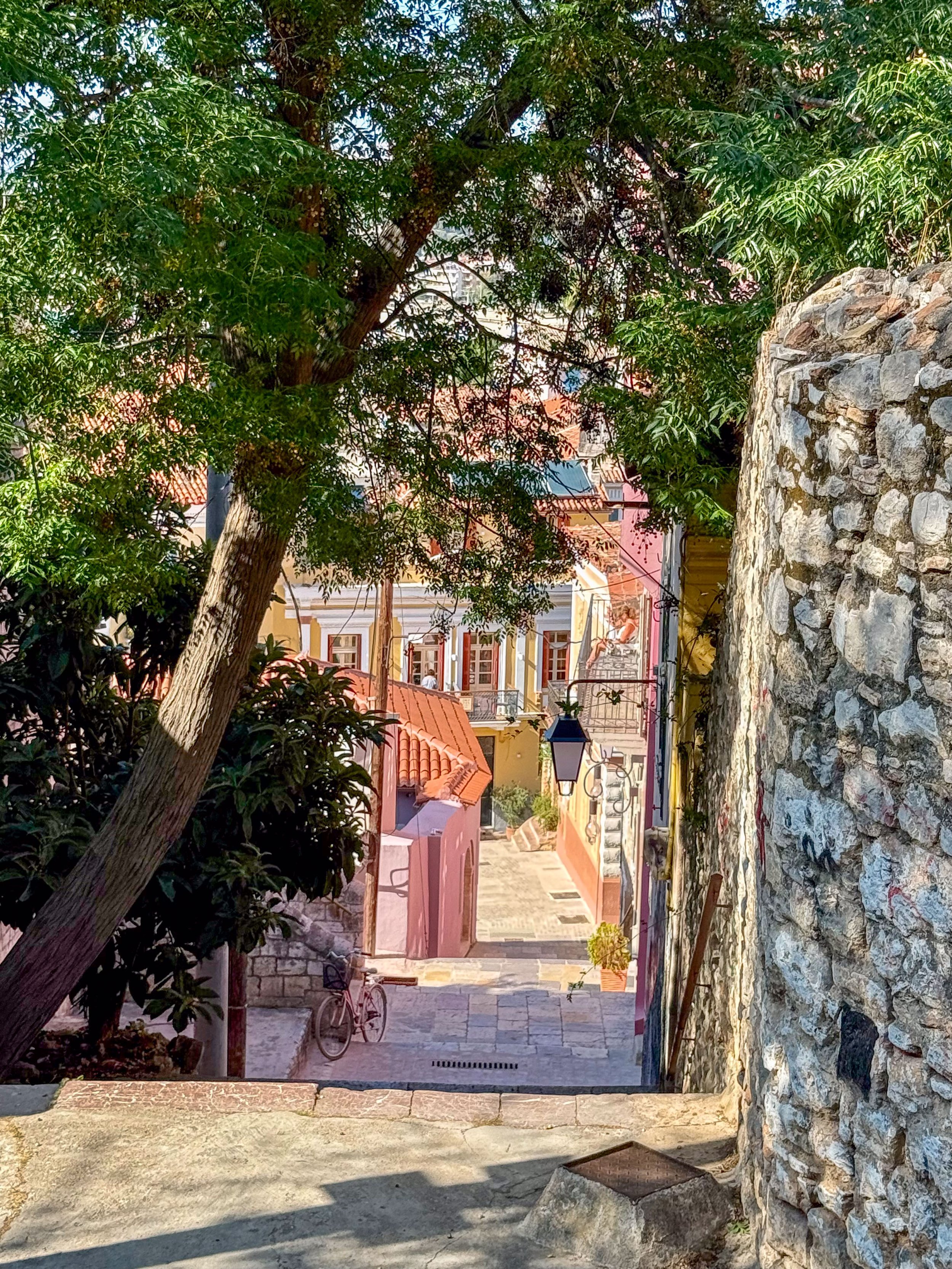
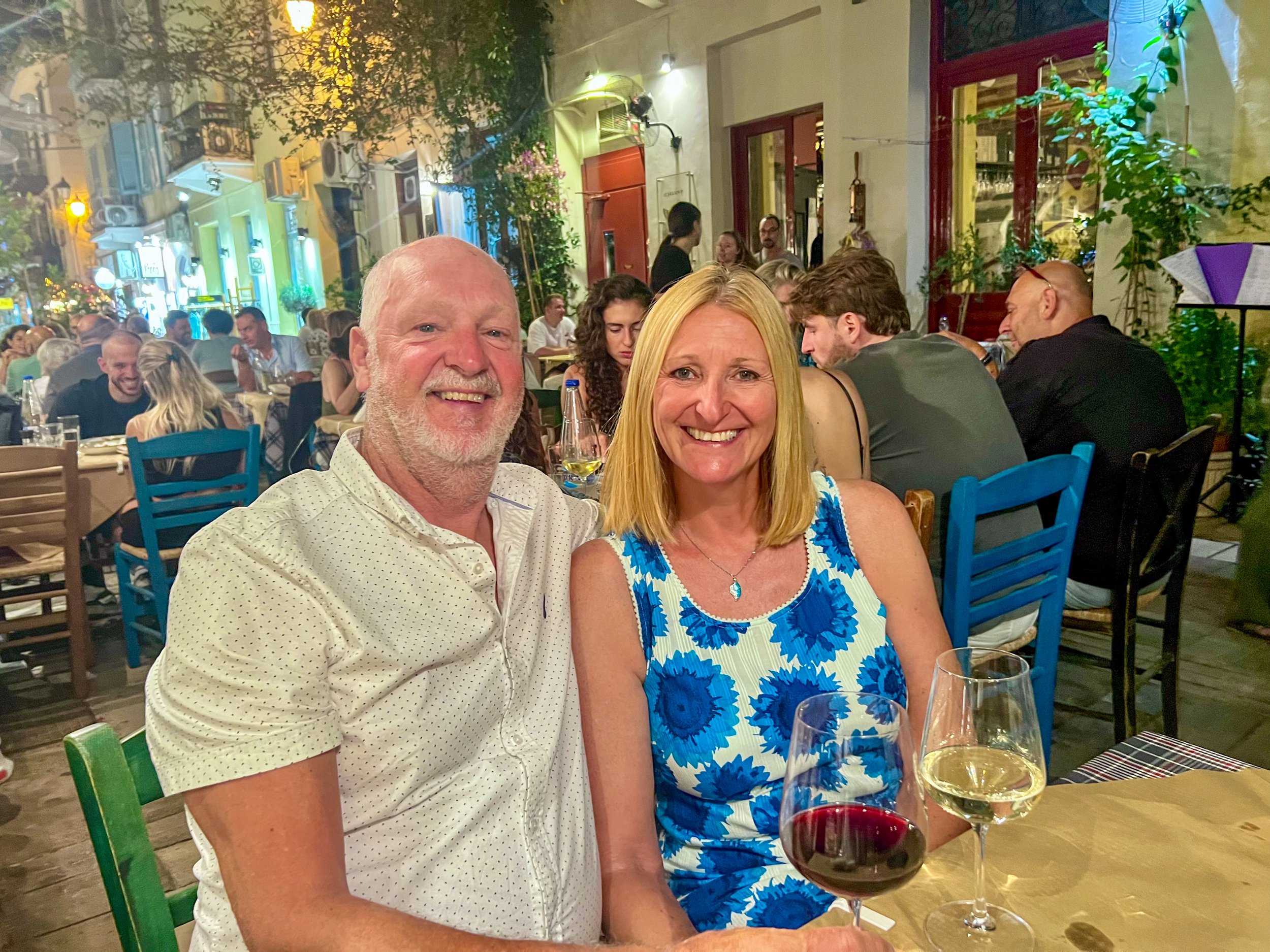
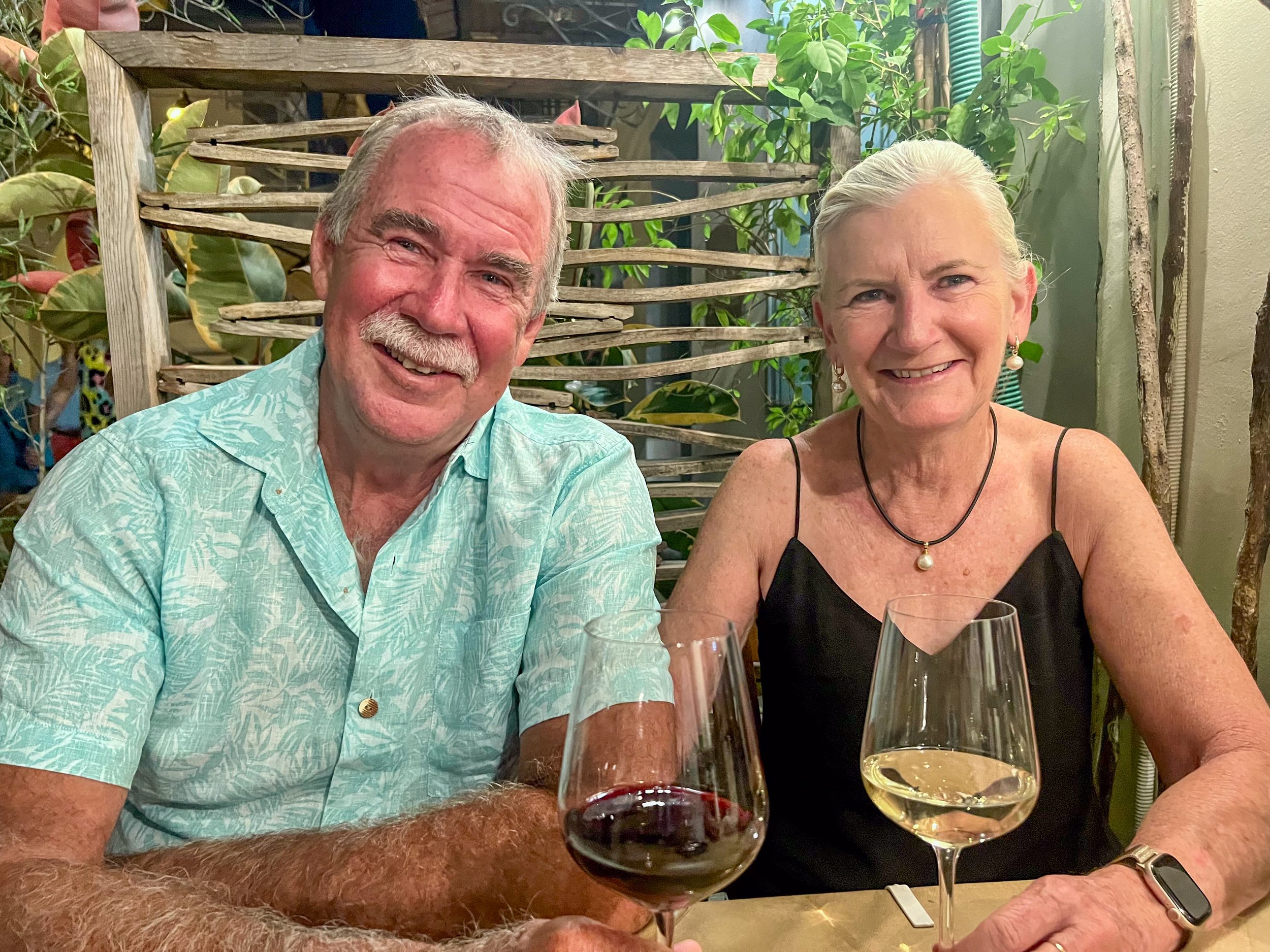
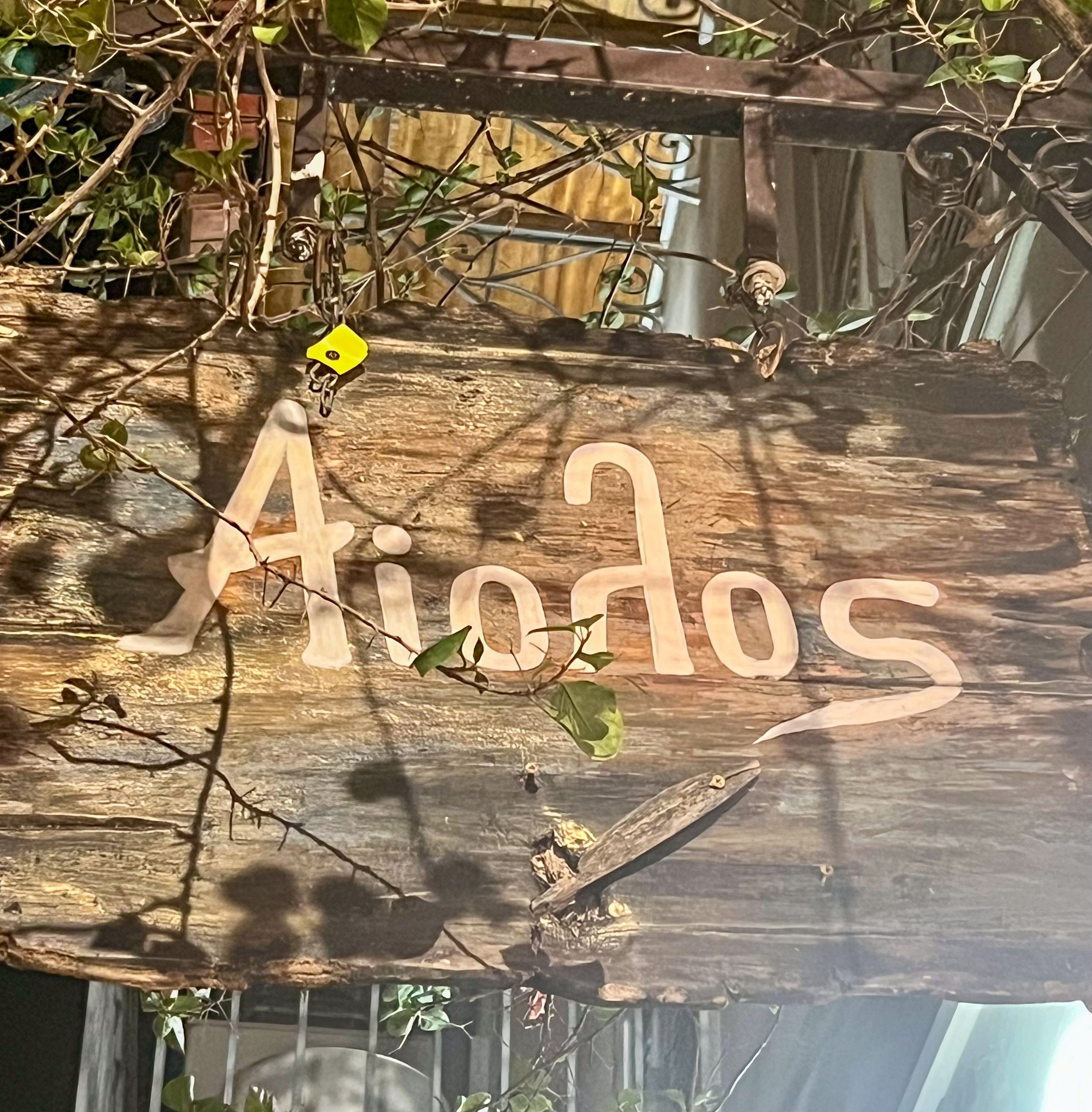
The following morning before leaving Nafplio we drove up to Palamidi, a Venetian Citadel that was built between 1711 and 1714 that dominates over Nafplio. The fortification is surrounded by a single curtain wall that encloses 8 Bastions that each held their own water food and ammunition storage. The castle is accessible on the northern side by a staircase that climbs up from the port area. Having climbed the stairs on our last visit it was decided that the carpark on the southern side was a better option today.
Posiedon’s Temple Sounion
Having finished our sailing journey under Posiedon’s Temple it seemed fitting that we struggle through the madness of the coast road past Athens to stop at the Temple on our way back to the boat. The traffic around Piraeus was particularly chaotic and finding a place to stop for lunch was strictly dictated by where we found a carpark.
A great final day on the road whilst the winds were blowing consistently in the Cyclades.
Way too fast…time to go already.
It had taken a while to achieve but it certainly was worth the wait. We had very much enjoyed having Di and Martin onboard to sail with us and to land tour when the weather turned unfavourable. A great two weeks sharing favourite places and discovering new ones.
Till next time.
